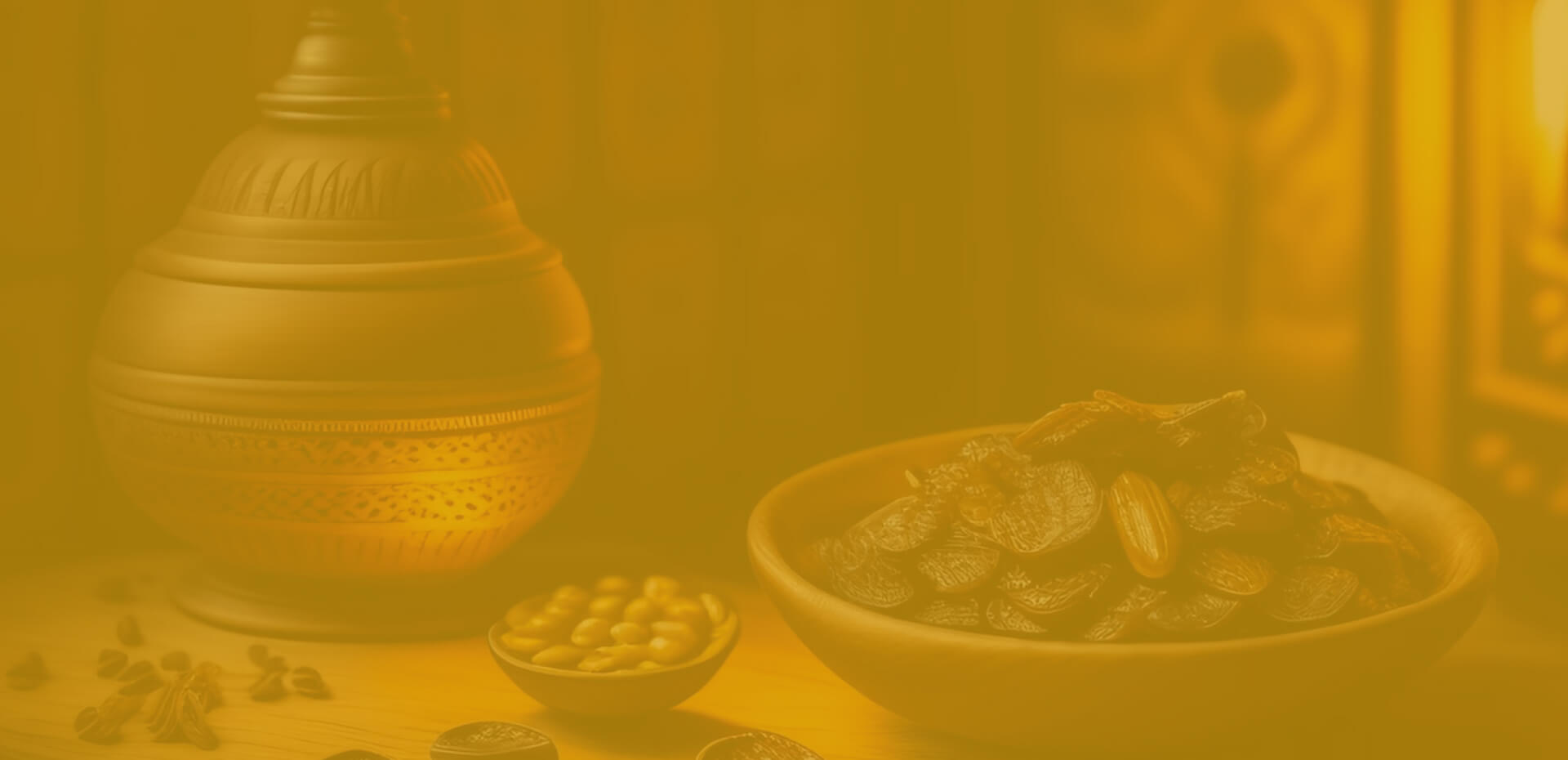Throughout the Middle East, the versatile fruit has been revered since antiquity. How will it fare in a changing world?
In Israel, I was first drawn to eating dates mainly because they were around all the time, served plain or stuffed with walnuts to guests in living rooms. Then I began to see them less as a fruit than as a kind of cultural marker. There are so many forces pulling apart the people of the Middle East and North Africa. But the date and its magnificent tree are woven through thousands of years of common history, rising elegantly above the dividing lines. The date offers a different view of the region than the one we’re familiar with, and the best place to start its extraordinary story is at the top.
At ten feet up the trunk of a date palm and rising, you’re still thinking about the ground receding beneath your feet, but at 20 feet your gaze shifts upward toward the approaching explosion of green above your head. At 40 feet the hydraulic platform shakes to a halt, and Yuval Shabo and the other workers at this Israeli date orchard grasp the trunks and leap into the fronds. It’s spring, when date palms reproduce, and the workers use curved knives to harvest pollen from male flowers, place the pollen in squeeze bottles and then apply it to the white petal clusters atop the female trees. It’s a different world at this height—birds gliding at eye level, the Jordan Valley stretching north toward Syria and south toward Egypt, the green frond sea waving in all directions. The workers stop on occasion to sip water or roll a cigarette. Ground-bound humans and their concerns seem irrelevant. Up here all that matters is the little brown fruit.
I found the same attitude in an orchard 1,300 miles away, near the Persian Gulf in the United Arab Emirates, at the famed oasis of Al-Ain. Here, too, it was pollination season, but at this oasis the old methods are preserved, and the treetops aren’t reached by hydraulic cranes but by fearless workers climbing barefoot. Instead of modern drip irrigation, the trees are watered by an ancient system known in Arabic as aflaj, which pipes in water from springs miles away and distributes it through an ingenious network of open channels, flooding each farmer’s plot in turn. As I crossed the oasis a flash of white fabric far above my head alerted me to a young man named Maksood Baluchi, holding a curved dagger and a basket of male flowers. He shouted down greetings but didn’t have much time to talk. There were lots of trees to go.
The same overriding sense of the date’s importance struck me several times during the past few months, sitting in air-conditioned libraries, hunched over books, looking at the ancient art and literature of this part of the world. When I began my research, the date palm seemed to appear merely as a background detail in art, from pharaonic tombs and Assyrian palaces to a 2,500-year-old seal impression showing the Persian Emperor Darius shooting arrows at a lion. But after a while my perception changed. The date palms stopped looking like decorations and came to the fore. After all, the pharaohs are long gone and Darius no longer matters, but the date palm does, feeding multitudes, linking people with their ancestors, rising everywhere like millions of green fireworks frozen mid-blast. Maybe these trees are the stars in the story of this region, and we’re the extras?



